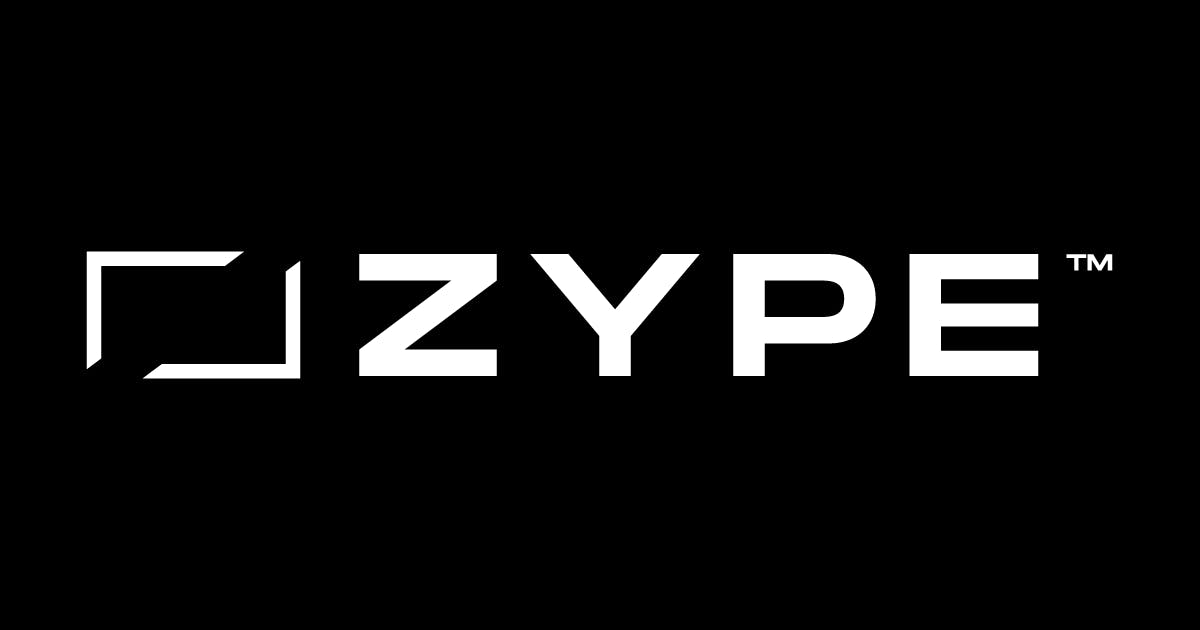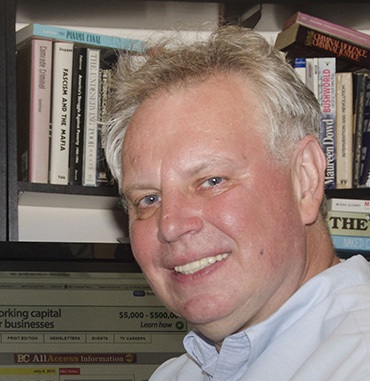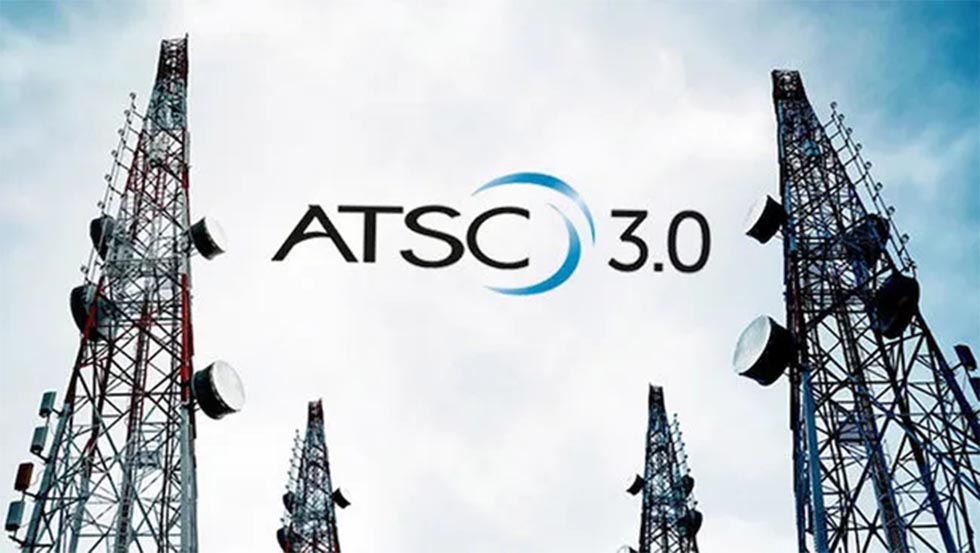Zype Launches Playout 2.0
The new version of Zype’s live linear solution speedups channel scheduling and distribution for broadcasters, digital publishers, and consumer brands

NEW YORK—The video API and infrastructure platform Zype has launched Zype Playout 2.0, a new version of its live linear solution that speeds channel scheduling with easy-to-use drag-and-drop functionality and makes it easier to launch live linear streaming channels.
Playout 2.0 manages all aspects of programming, distribution, and monetizing linear playout channels. The latest version also includes new analytics dashboards that provide content performance insights to measure engagement and ROI, Zype said.
Playout 2.0 represents a new generation of live-linear streaming capabilities that make it possible for anyone to curate a diverse range of content types and formats into a singular linear channel, Zype said. It allows users to easily build and monetize linear TV channels through streamlined, drag-and-drop programming of live and on-demand video into linear streams which lowers the time, cost and expertise required to grow viewership of linear content on OTT, mobile and social video platforms.
Playout 2.0’s interface also offers an electronic programming guide (EPG) style linear scheduler, making it straight-forward for publishers to create channels and craft high quality viewing experiences, Zype said.
Vevo, the world’s leading music video network, has been an early adopter of Playout 2.0 to power its connected TV programming capabilities. “We have been rapidly expanding our distribution across free ad-supported TV (FAST) channels to offer fans a lean-back music video viewing experience on their TV screens,” said Rob Christensen, vice president, advanced TV at Vevo. “Zype’s newest version of Playout is built to increase our efficiency as we continue to grow and solidify our presence across more viewing destinations.”
“Zype Playout 2.0 delivers one of the most flexible virtual live-linear playout solutions in the market,” said Ed Laczynski, CEO Zype. “We are on the forefront of innovation, bridging traditional broadcast and digital programming, and revolutionizing what’s possible for broadcasters and digital content publishers everywhere.”
Key features and benefits of Playout 2.0 include:
The professional video industry's #1 source for news, trends and product and tech information. Sign up below.
- Live Video Scheduling: Easily intermix live video with VOD assets in a continuous programmatic live stream.
- Smart Content Organization Tools: Quick and easy content curation with tools like dynamic playlists, multiple video tracks to perform “stunts” and responsive programming decisions, reusable programming blocks, cut-to-live preemptive programming, and auto content loops.
- Horizontal Timeline Scheduler UI: Intuitive programming scheduling with a time-based horizontal interface inspired by video editing software.
- Advanced API Tools: All features within the user interface can also be accessed via a robust API, making it easy to plug Playout 2.0 into existing workflows or build new tools to innovate programming and scheduling capabilities.
- Easy Ad Monetization: Hassle-free setup of ad monetization using existing or out-of-the-box ad servers such as Freewheel, SpotX, and Google Ad Manager. Native SCTE-35 marker insertion support.
- Flexible Distribution Destinations: Program a channel once and distribute to as many destinations as you need in HLS, RTMP, SRT, or Zixi formats.
- First-Party Data Collection & Action-Oriented Analytics: Gather proprietary viewer data and avoid dependencies and restrictions on third-party data collection to make smart programming decisions based on what, where, and when content performs best.
- Sync Content Between CMS & Playout: Manage your content and linear channel on one platform with no wait time from ingest to distribution.
For more information about Zype visit https://www.zype.com/.
George Winslow is the senior content producer for TV Tech. He has written about the television, media and technology industries for nearly 30 years for such publications as Broadcasting & Cable, Multichannel News and TV Tech. Over the years, he has edited a number of magazines, including Multichannel News International and World Screen, and moderated panels at such major industry events as NAB and MIP TV. He has published two books and dozens of encyclopedia articles on such subjects as the media, New York City history and economics.

